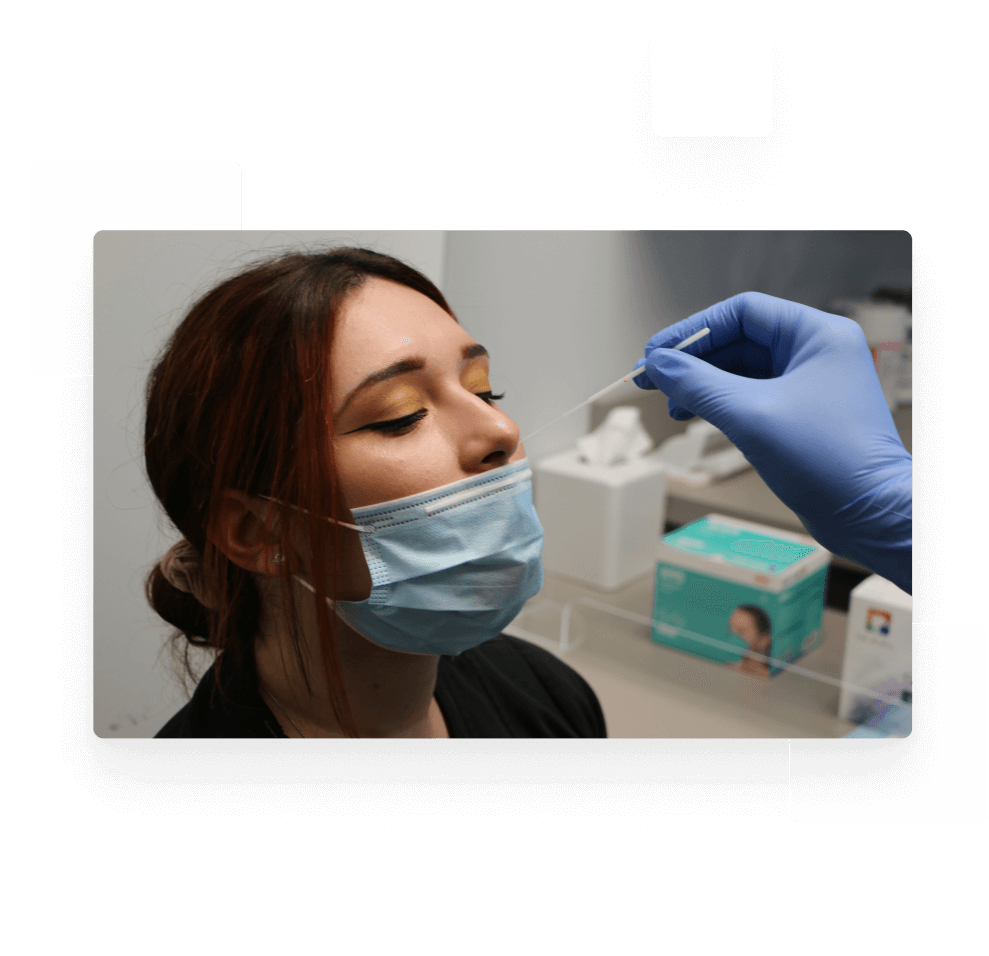August 1st was World Lung Cancer Day. Cigarette smoking is the number one risk factor for lung cancer and is linked to about 80-90% of lung cancer deaths. Quitting smoking is a transformative journey that can empower you to take control of your health and well-being. As a trusted partner in your healthcare journey, Total Primary Care is committed to supporting you every step of the way. Learn valuable tips that can help you successfully quit smoking and embrace a smoke-free life.
1. Set clear goals
Setting clear and meaningful goals is the foundation of any successful endeavor. Before you begin your journey to quit smoking, take a moment to reflect on why you want to stop. Whether improving your lung health, increasing your energy levels, or being a positive role model for your loved ones, having a strong sense of purpose will motivate you throughout the process. You can use the “5 Whys” strategy to determine motivation.
2. Seek professional guidance
Total Primary Care is here to provide you with expert guidance and support. Schedule an appointment with your provider to discuss your smoking cessation goals. They can help you create a personalized quitting plan considering your unique needs and preferences. Additionally, they can recommend appropriate medications or therapies that can increase your chances of success.
3. Identify common triggers
Understanding your triggers is essential to overcoming cravings. Take note of situations, emotions, or activities that make you want to smoke. Once you identify your triggers, you can develop strategies to cope with them in healthier ways. Whether practicing deep breathing, engaging in physical activity, or distracting yourself with a favorite hobby, alternative coping mechanisms can make a significant difference.
4. Build a support network
Lean on your loved ones! Quitting smoking is a journey best taken with support from friends and family. Share your goal with your loved ones and let them know how they can help. Their encouragement, understanding, and accountability can be invaluable as you navigate the challenges of quitting.
5. Gradual reduction – take it step by step
Cold turkey isn’t the only path to success. Gradual reduction can be an effective strategy for some individuals. Set a quit date and gradually decrease the number of cigarettes you smoke leading up to that day. This approach can make the transition smoother and help minimize withdrawal symptoms.
6. Stay active
Regular physical activity not only supports your overall health but also helps manage stress and cravings. Engage in activities you enjoy, whether it’s walking, jogging, yoga, or dancing. Exercise releases endorphins, natural mood enhancers that can help alleviate the anxiety often associated with quitting.
7. Celebrate milestones along the way
Celebrate your achievements along the way. Set up milestones and reward yourself for reaching them. Treat yourself to something you enjoy, like a movie night, a spa day, or a new book. These rewards serve as positive reinforcement and motivate you to stay on track.
8. Stay positive and embrace the progress
Quitting smoking is a process, and setbacks can happen. Remember that every step forward is a victory. Be kind to yourself and acknowledge your progress, no matter how small it may seem. Positive self-talk and a can-do attitude can make all the difference in maintaining your commitment.
9. Nurture your body
A balanced diet and proper hydration can help manage cravings and prevent weight gain that sometimes accompanies quitting smoking. Opt for nutritious foods and keep healthy snacks on hand to satisfy cravings in a wholesome way.
10. Knowledge is empowerment
Educate yourself about the benefits of quitting smoking. From improved lung function and cardiovascular health to enhanced taste and smell, understanding the positive impact on your body can reinforce your determination to quit.
As you embark on your journey to quit smoking, remember you’re not alone. Total Primary Care is here to provide unwavering support, guidance, and care. By implementing these tips and leaning on the resources available to you, you’re taking a significant step towards a healthier, smoke-free life. The path may have its challenges, but with determination, support, and the desire to reclaim your health, you’re well on your way to embracing the freedom of a smoke-free future.



